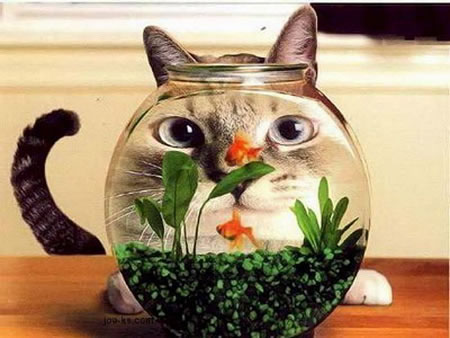May 18th 2009 Adults Night At The Aquarium

Laurie, Greg, Sue and Paul are off to see the new exhibit during "adults night". Discover new animals, the special Shark Zone kids activity area, a new film, new children's education programs, and more. See these animals in a whole new light and learn how you can protect them. The entire Aquarium will be open with the exception of Lorikeet Forest. To ensure the animals get a good night's sleep, exhibit lighting will begin to dim at 8:30 p.m.
Let The Party Begin...

"Now that is what I call a wide screen TV"
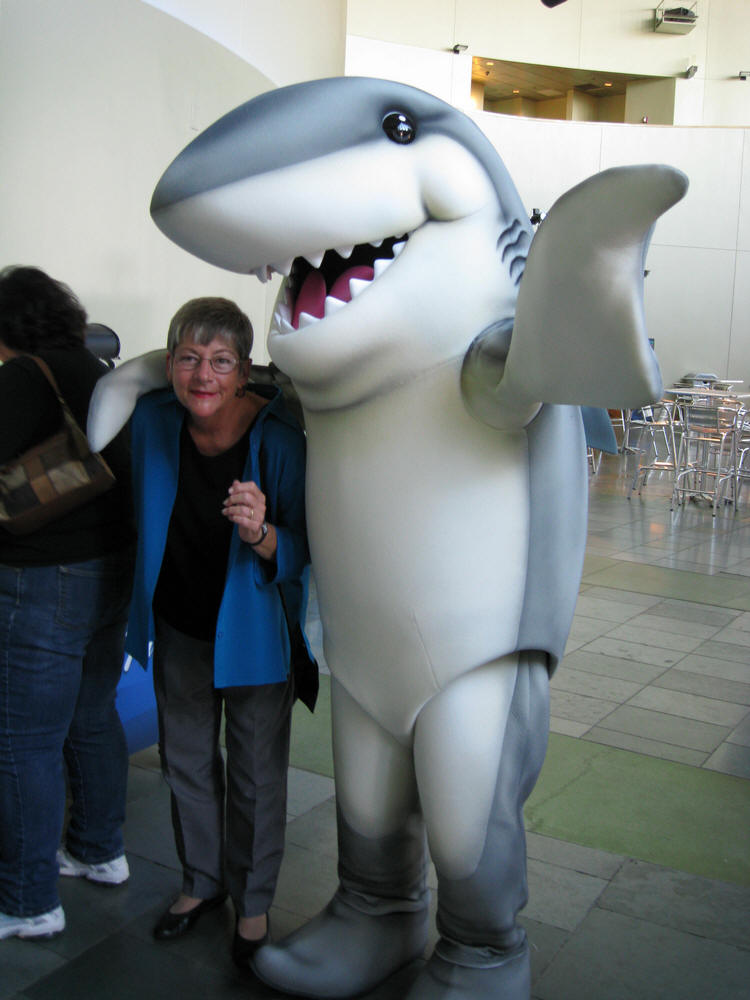
Careful, she is a vegetarian!!

How do you say "Pa-Too_Eh?"

Drinks in hand, let the seals begin to play

Here fishy fishy fishy
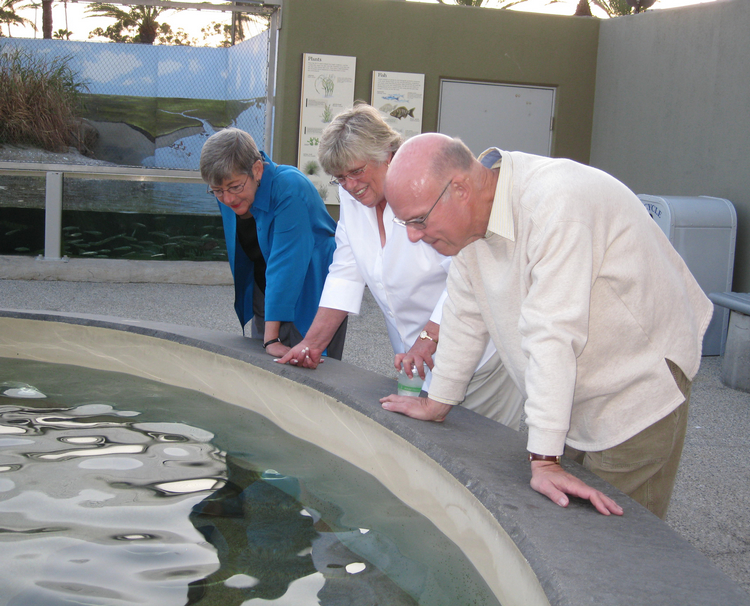
Sue, Laurie and Greg are talking to the fish?
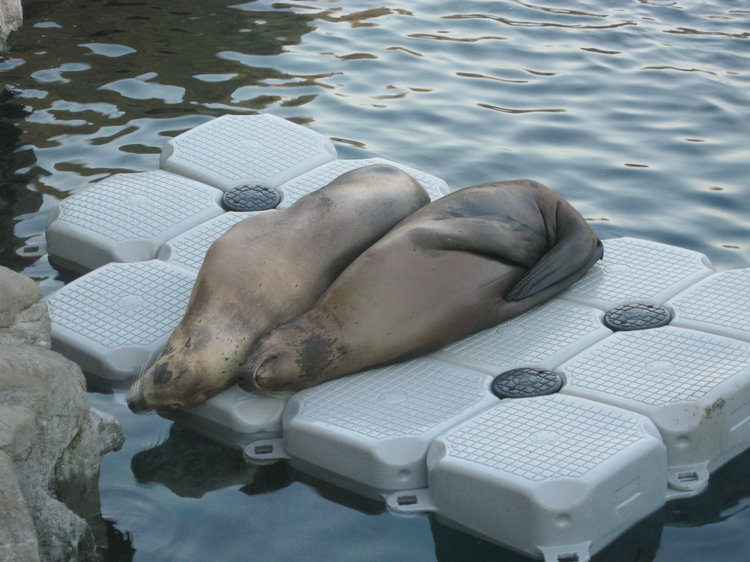
Looks like Mickey and Valentine
Did you know? - Although harbor seals prefer to sleep on land, they often sleep in the water. They can sleep underwater, though they then have to wake up frequently and regularly to surface and breathe. So, this is not something subconscious, but something they have to consciously do.
Harbor seals sleeping on the water's surface often assume a posture known as bottling: most of the seal's body remains submerged, but the animal's face pokes above the surface like a snorkel, allowing the animal to breathe regularly while sleeping or resting. Elephant seals sometimes rest in the water in a similar manner. Northern elephant seals may possibly sleep hundreds of meter underwater. Walruses can inflate pouches in their throat which can help them float at the water's surface as they sleep. From studies of sleep in grey seals, we know that grey seals have REM sleep (rapid-eye-movement; lightest stage of sleep, in which brain-wave activity is highest and dreaming takes place) which does not occur in all animals, and it doesn't take place when pinnipeds during underwater sleep. It does take place when pinnipeds sleep at the surface of the water and on land.

The Queen is always nearby
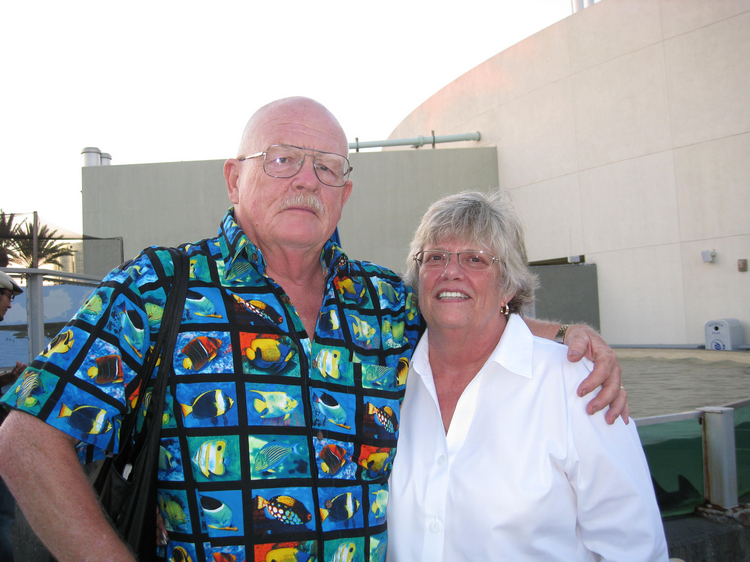
Paul and Laurie pose for Mummy (not money!)
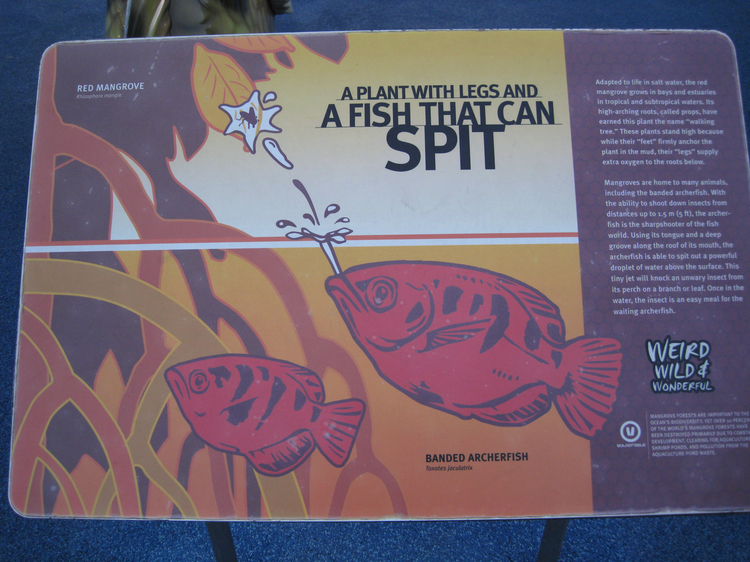
Did you know? - The archerfish (or archer fish) are a family (Toxotidae) of fish known for their habit of preying on insects and other small animals by shooting them down with water droplets from their specialized mouths. A large lower jaw helps these fish to hunt. The family is a small one, consisting of seven species in the genus Toxotes; all occur in fresh, brackish, and marine waters from India to the Philippines, Australia, and Polynesia. It reproduces by the male putting its sperm in the female and the female lays eggs which hatch in 5 months.
Did you know? - Red mangroves, which can live in the most inundated areas, prop themselves up above the water level with stilt roots and can then take in air through pores in their bark (lenticels). Black mangroves live on higher ground and make many pneumatophores (specialised root-like structures which stick up out of the soil like straws for breathing) which are covered in lenticels.
These "breathing tubes" typically reach heights of up to thirty centimeters, and in some species, over three meters. There are four types of pneumatophore—stilt or prop type, snorkel or peg type, knee type, and ribbon or plank type. Knee and ribbon types may be combined with buttress roots at the base of the tree.
The roots also contain wide aerenchyma to facilitate oxygen transport within the plant.
Red mangroves exclude salt by having significantly impermeable roots which are highly suberised, acting as an ultra-filtration mechanism to exclude sodium salts from the rest of the plant. Analysis of water inside mangrove plants has shown that anywhere from 90% to 97% of salt has been excluded at the roots.
Any salt which does accumulate in the shoot is concentrated in old leaves which are then shed, as well as stored away safely in cell vacuoles. White (or grey) mangroves can secrete salts directly; they have two salt glands at each leaf base (hence their name—they are covered in white salt crystals).

Two pairs to draw too!

Greg explains the word fish...

"You godda be kidding me!!!"

Laurie watches on as the explanation gets deeper and deeper
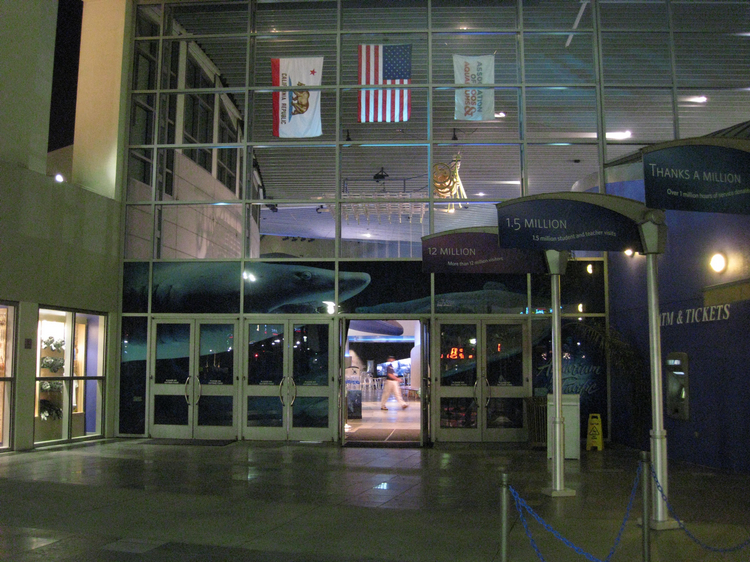
Time for the fishes to go night-night
